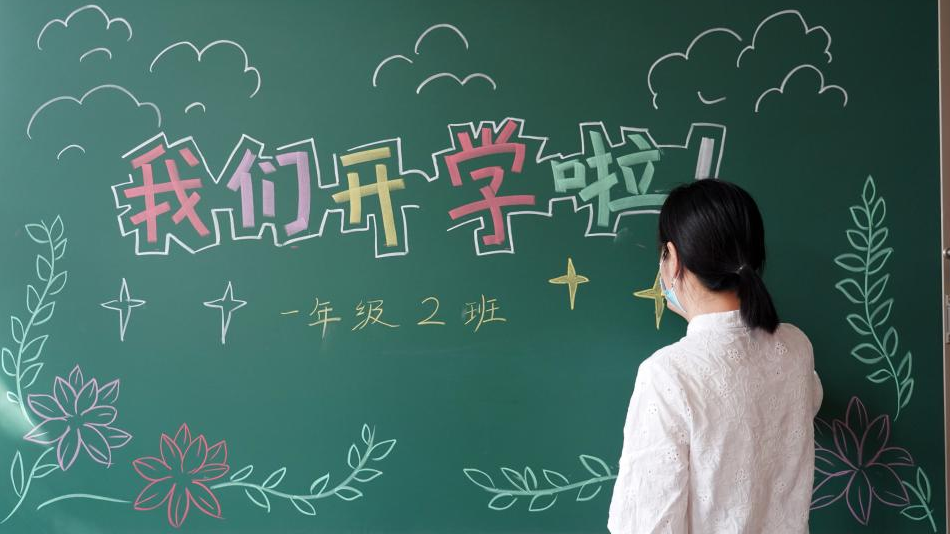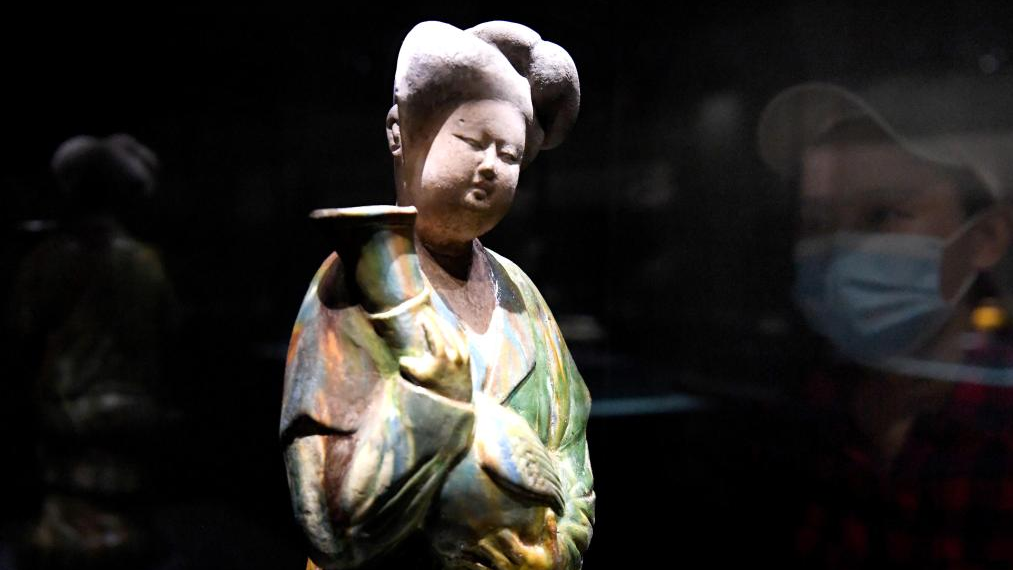China’s hydrogen energy industry shifts into full gear in fast lane of development
China has adopted several measures to boost the development of its hydrogen energy industry in recent years, having already made huge progress.
Various places across the country have offered subsidies for enterprises operating in this green energy industry. Beijing has rolled out subsidies for those focusing on new products involving new technologies as well as certain products used in new infrastructure construction projects. An enterprise focusing on the former may be awarded up to 10 million yuan (about $1. 5 million) for each project, while the latter may receive as much as 30 million yuan for each project, according to the Beijing Municipal Bureau of Economy and Information Technology.

A hydrogen fuel bus is seen at the China International Fair for Trade in Services (CIFTIS) in Beijing, capital of China, Sept. 6, 2021. (Xinhua/Lu Peng)
Similarly, the capital of central China's Hubei Province, Wuhan city, has introduced a plan that takes aim at offering subsidies to manufacturers of core components used in fuel cells, with the amounts distributed being in proportion to the annual sales revenue of each respective manufacturer. Under the plan, an enterprise can receive as much as 10 million yuan per year.
These subsidies have proven that they can provide a stimulus for relevant enterprises, evidenced by the growing sales of hydrogen fuel-cell vehicles. Statistics from the China Association of Automobile Manufacturers shows that with the subsidy policies coming into force in 2022, some 1,633 hydrogen fuel-cell vehicles were sold in the first seven months of the year, a sales volume that is up by over 130 percent year-on-year.
Besides, since August 2021, China announced the first three urban demonstration clusters for fuel cell vehicles around Beijing, Shanghai, and Guangdong Province.
The one led by Shanghai, for example, encompasses energy and chemical industry bases in Suzhou and Nantong of Jiangsu Province, Jiaxing of Zhejiang Province, Zibo of Shandong Province, Erdos of the Inner Mongolia Autonomous Region, and Ningdong of the Ningxia Hui Autonomous Region. The cluster plans to have 5,000 fuel-cell vehicles on the roads and build 73 hydrogen refueling stations over the next four years.
Results of the first phase of construction for the Shanghai-led cluster, which was released on Aug. 4, 2022, shows that 100 fuel-cell vehicles have already hit the roads. The vehicles can travel 400 kilometers or more on a full tank of hydrogen, with the ability to refuel in 15 to 30 minutes.
Shanghai excels at the manufacturing of the core components used in fuel cells, but is being overshadowed by its neighbors Jiangsu and Zhejiang in terms of the manufacturing of trucks and passenger cars. Therefore, it is necessary for the three places to work together. The Ningxia and Inner Mongolia autonomous regions, where trains and large trucks are more frequently used, have a stronger capacity for manufacturing finished automobiles, and will provide more application scenarios for fuel-cell vehicle systems and core components produced in Shanghai, said Han Dadong, an official from the Shanghai Municipal Commission of Economy and Informatization.
Photos
Related Stories
Copyright © 2022 People's Daily Online. All Rights Reserved.









